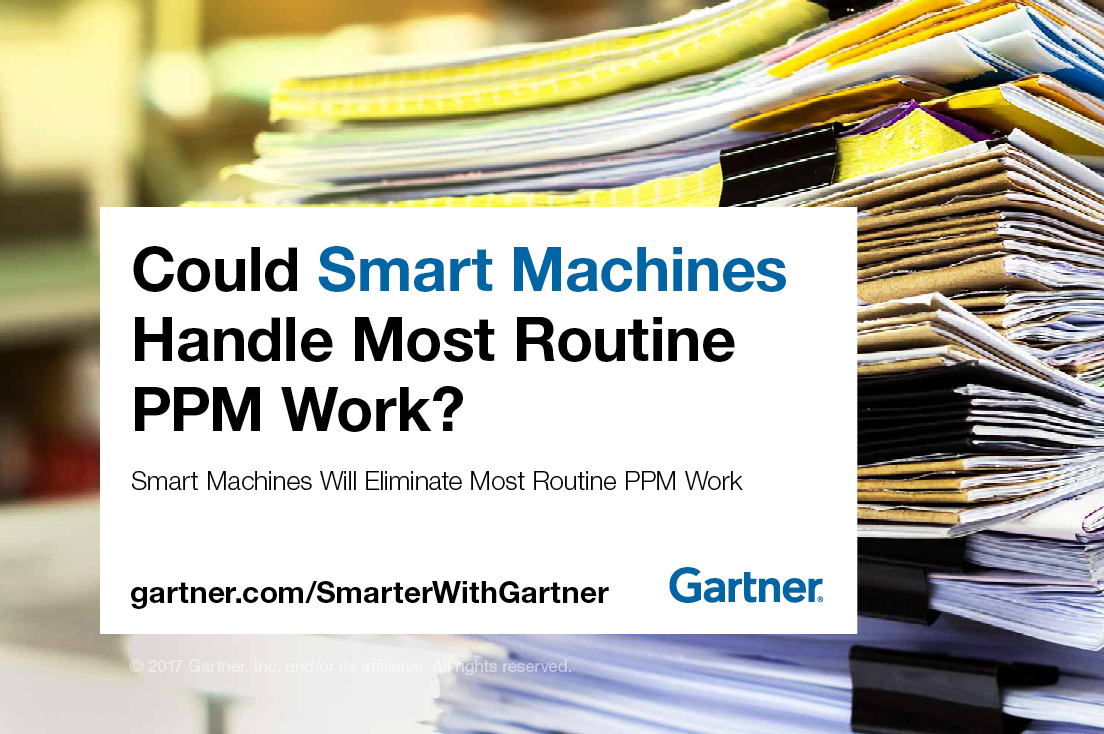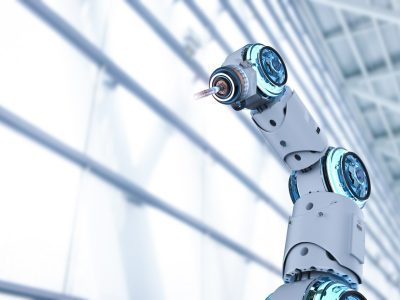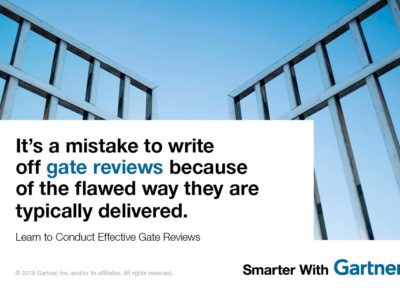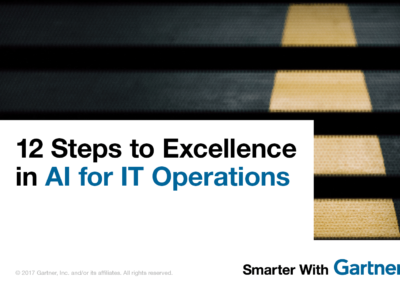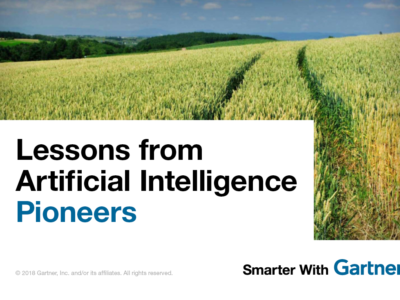Program and portfolio managers must learn to share their roles with smart machines.
It is critical that CIOs and program and portfolio (PPM) leaders understand how artificial intelligence (AI) and smart machines can complement and change their role in the future.
Today’s IT projects require a large amount of human input. All of the information and knowledge in a project must be collated and consumed by human beings.
The first change for PPM professionals may be to change themselves.
“PPM practices in the future will be unrecognizable to the practitioners of 2017,” said Joanne Kopcho, research vice president at Gartner. “Flexibility, innovation and critical thinking will become key attributes for this role as routine work will be increasingly managed by machines. PPM leaders will have to work faster in small ever-changing groups of people and nonhuman actors.”
Gartner estimates that by 2030, as much as 80% of routine work— which represents the bulk of human hours expended across today’s PPM disciplines — could be eliminated as a result of collaboration between humans and smart machines.
An Era of Smart Machines
A smart machine never forgets, it forages for relevant data, updates information and statuses without being asked, predicts potential variance from plans and expectations, and offers data-led actions and recommendations. The human project manager will compliment this digital workhorse with their intuition, understanding of how to motivate teams, and political savvy in shepherding other humans toward completing tasks and projects.
This is a contrast to the role of the modern-day program and portfolio management leaders who spend a lot of time defining and assembling information for executives to use in their decision-making.
”We strongly believe that this information gathering role of today’s project management office (PMO) will be reduced and replaced,” said Ms. Kopcho. “The PMO will be superseded by a strategic change investment analysis function that is a fully integrated component of the organization’s strategy and transformation.”
Smart machines will link goals, strategy and the potential and actual investments that support them. To stay relevant, PPM professionals must take on a much broader scope of skills and approaches, and be versatile.
Much of the technology provisioning will be delivered via the internet and external providers. This is likely to squeeze out the trend of full-time project managers in favour of “project managers everywhere”. As automation increases the function will become increasingly less tactical. The employee time saved can be spent managing and inspiring change that aligns with the evolution of the PMO into a strategic change function.
“The first change for PPM professionals may be to change themselves,” said Ms. Kopcho. “They should think of their future not in today’s terms, but in terms of job titles that may not yet exist, such as chief strategy/transformation office, or a head of strategic change management.”
Get Smarter
Client Research
Gartner clients can read more in the research note “PPM in 2030: Smaller, Smarter and Not Entirely Human.”
Webinar
Explore how the PPM discipline will evolve in the complimentary webinar “Where Your PPM Career Won’t Be in 2020: A Gartner Viewpoint.“
Gartner Program & Portfolio Management Summits 2017
Gartner analysts will provide additional analysis and information on PPM trends at the Gartner Program & Portfolio Management Summits 2017 taking place June 5-7 in Orlando, Florida and June 12-13 in London.
You can also follow news and updates from the events on social media using the hashtag #GartnerPPM.

